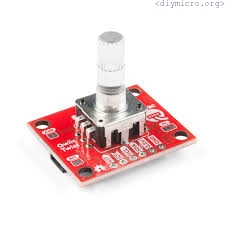I guess, that sooner or later any developer has a question in his head – how do I save the data if the supply shut down?
There are some solutions listed:
- The reserve battery (the RTC clock, the motherboard);
- The constant saving to the memory – not nice, the EEPROM has limited cycles;
- Saving to the external memory – the complication of the PCB and the code;
- Saving when the lowering of the vdd level is detected – that what I need!








